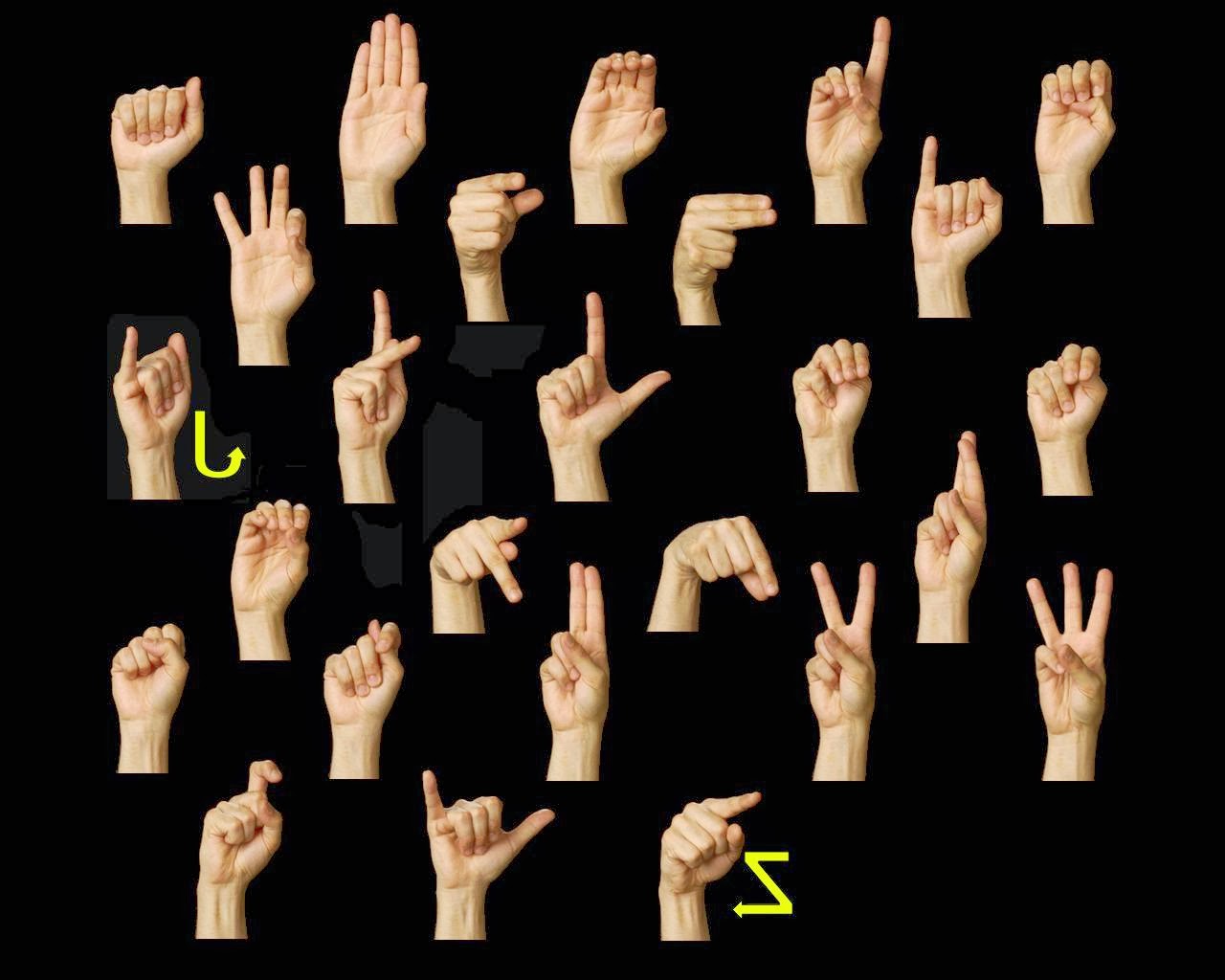


In addition, as with spoken languages, sign languages evolve naturally through use and social interaction between speakers.

In fact, even sign languages have a very precise system of rules for grammar and punctuation. Various attempts lead to natural learning without knowledge of the rules of grammar. Scientists have shown that the brain circuits that preside over the construction of sentences in spoken language and sign language are essentially the same, despite the differences in neural pathways put into play by their articulation.Īs is the case in any spoken language, children learn the rudiments of sign language by observing and interacting with the people around them. Sign language is a real language that requires expressive and communicative skills similar to those required in spoken languages. Together, let’s look at the main characteristics of these languages, focusing in particular on those spoken in Anglo-Saxon countries. For example, many believe that there is a single language for the entire international deaf community, while others wonder if it can be considered a true language. Unfortunately, there are many misconceptions about sign language.


 0 kommentar(er)
0 kommentar(er)
